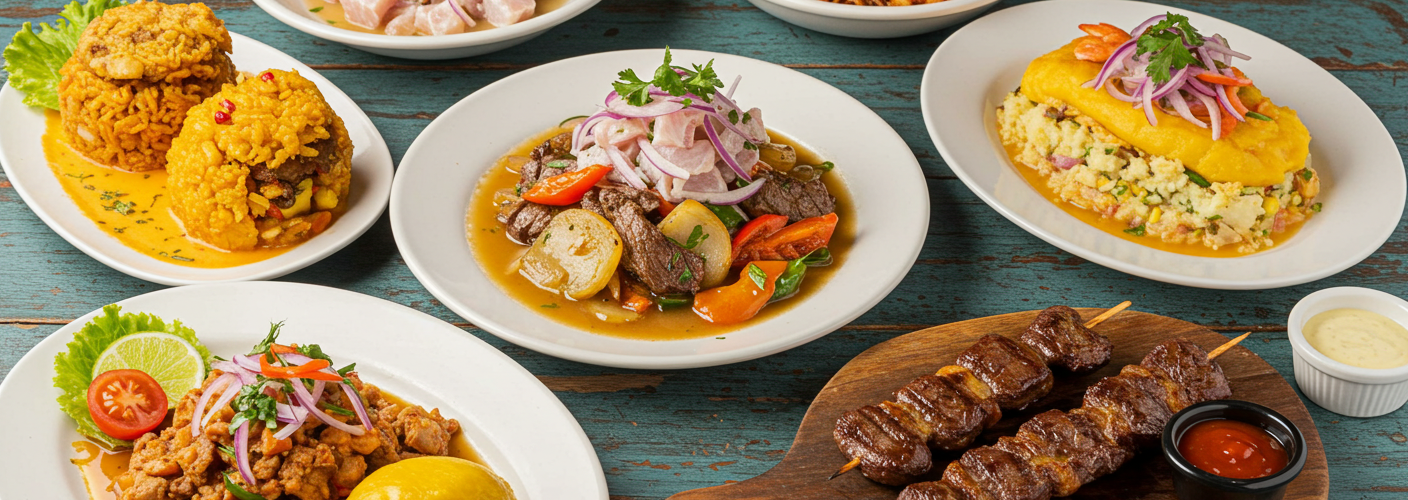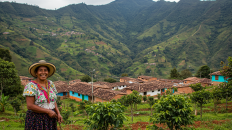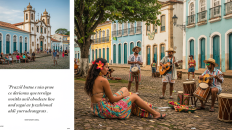Peruvian food is a vibrant mosaic of flavors, textures, and colors, a reflection of the country’s diverse cultural heritage. Nestled between the Andes mountains and the Pacific coast, Peru offers a unique blend of indigenous ingredients and culinary influences from Spanish, African, Chinese, and Japanese cuisines. This rich culinary sinfonia has made Peru a rising star in the global food scene.
At the heart of Peruvian cuisine lies the concept of “fusion,” which emphasizes the use of local ingredients, each with a distinct character. Staples such as potatoes, corn, and quinoa are foundational elements of many traditional dishes. Peru is home to over 4,000 varieties of potatoes, making it a staple ingredient in countless meals. From hearty stews to colorful salads, potatoes are showcased in various forms, including the beloved causa—a layered potato dish stuffed with avocado, chicken, or seafood.
Another cornerstone of Peruvian gastronomy is corn. “Choclo,” or Peruvian corn, is larger and sweeter than its North American counterpart. It’s often served as a side dish or incorporated into recipes like “humitas,” a delicious corn pudding wrapped in husks. This emphasis on fresh, high-quality ingredients ensures that each meal reflects the rich agricultural heritage of the region.
One cannot delve into Peruvian cuisine without mentioning ceviche, a dish that has gained international acclaim. Ceviche consists of raw fish or seafood marinated in freshly squeezed lime or bitter orange juice, typically served with sliced onions, chili peppers, and topped with fresh herbs. It’s renowned for its refreshing qualities and is considered the epitome of coastal Peruvian fare. With each bite, you experience the balance of tangy, spicy, and savory flavors that define this delectable dish.
As we journey through the flavors of Peru, it’s essential to recognize the influence of the country’s diverse immigrant communities. The Asian influence, particularly from China and Japan, has left an indelible mark on Peruvian cuisine. “Chifa,” a term for Chinese-Peruvian cuisine, blends traditional Chinese techniques with local ingredients. Dishes like “arroz chaufa,” a Peruvian fried rice, showcase this synthesis beautifully. Similarly, Nikkei cuisine merges Japanese flavors with Peruvian ingredients, resulting in innovative dishes that captivate the palate.
In the highlands, indigenous foods take center stage. The Andean culture contributes unique flavors through dishes like “cuy chactado,” or fried guinea pig, which is a delicacy in some regions. Often served with potatoes and a spicy salsa, this dish is a testament to the resourcefulness of highland communities and their commitment to using what the land provides.
For the sweet-toothed, Peruvian desserts are a delightful treat. “Pisco sour” is not only the national drink but also a source of pride for many Peruvians. Made with pisco (a grape brandy), lime juice, syrup, egg white, and bitters, this cocktail is a must-try for visitors. Additionally, desserts such as “suspiro a la limeña,” a creamy, luscious treat made from evaporated milk and meringue, showcase the country’s flair for indulgence.
In conclusion, Peruvian cuisine is a celebration of biodiversity and cultural exchange. It tells the story of a nation rich in history and traditions, inviting food lovers to explore its culinary wonders. Whether you are enjoying a simple dish of potatoes or indulging in an elaborate ceviche, every bite offers a taste of Peru’s vibrant identity. So, gather your ingredients, invite friends and family, and embark on your own Peruvian culinary adventure!




Add comment